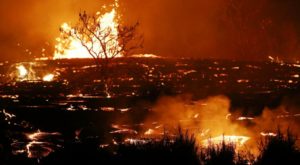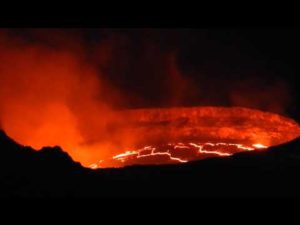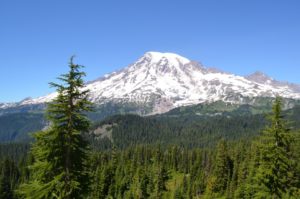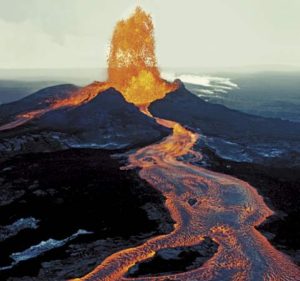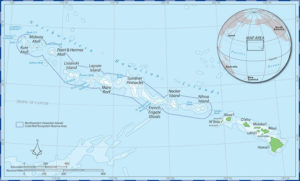Kilauea
We are living in a momentous time. The island of Hawai’i is growing. The entire island is volcanic. The northern portion of the island is dormant, the south is more active. It is called the big island, appropriate as it is still growing. The current eruption started sending lava into the ocean on May 22 and continues as of this writing, August 3.
It seems volcanos are popular places to settle. Worldwide, people are killed or forced to leave as the earth starts emitting hot stuff near their homes. Kilauea has forced more than 2000 evacuations. When Mt. Pinatubo in the Philippines erupted in 1991, more than 60,000 people had to leave. Fortunately, they had some warning which saved many lives.
It is a mystery to me why development was allowed on Kilauea where lava covered the land as recently as 1960. Yes, people have property rights, but government has the power to zone property. It rains a lot in Hawaii, and volcanic soil is fertile, so evidence of lava flow is quickly obscured.
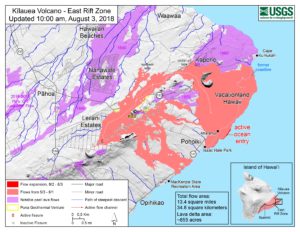 I enjoy looking at the daily USGS reports and maps. The flows go where they will, without any discernible pattern. For a week a boat ramp becomes more vulnerable to the encroaching lava, then more lava decides to enter the ocean nearby. It also seems strange the lava travels so far from the rift before spreading. The channel from the rift is well established and the levees on either side are growing. The channel is rising and I expect breakouts much closer to the rift, but nothing seems to happen. I just looked at yesterday’s map. Lava has broken out upstream from the ocean entry. I feel vindicated.
I enjoy looking at the daily USGS reports and maps. The flows go where they will, without any discernible pattern. For a week a boat ramp becomes more vulnerable to the encroaching lava, then more lava decides to enter the ocean nearby. It also seems strange the lava travels so far from the rift before spreading. The channel from the rift is well established and the levees on either side are growing. The channel is rising and I expect breakouts much closer to the rift, but nothing seems to happen. I just looked at yesterday’s map. Lava has broken out upstream from the ocean entry. I feel vindicated.
Asks usual, government agencies insist on limiting access to the lava flows. Yes, I understand many people will put themselves in harm’s way and need rescue, but here in Colorado people regularly kill themselves in the mountains and access is allowed. I would love to put on my heavy boots and look down on a lava stream. As it is, I read online accounts of people sneaking into closed areas to look at a volcano at work.
The crater is another phenomenon worth seeing. Before this eruption the lava lake in the crater fluctuated in elevation due to varying supply from the magma reservoir below. Once the fissures opened some distance from the caldera the lava lake began dropping. The amount of lava now flowing down the channel exceeds the supply that was in the crater. Thus, magma is flowing up from the deep. The Hawaiian Hotspot is alive and well and the archipelago continues to grow. Pele is not at all concerned about people scurrying around on her rocks.
